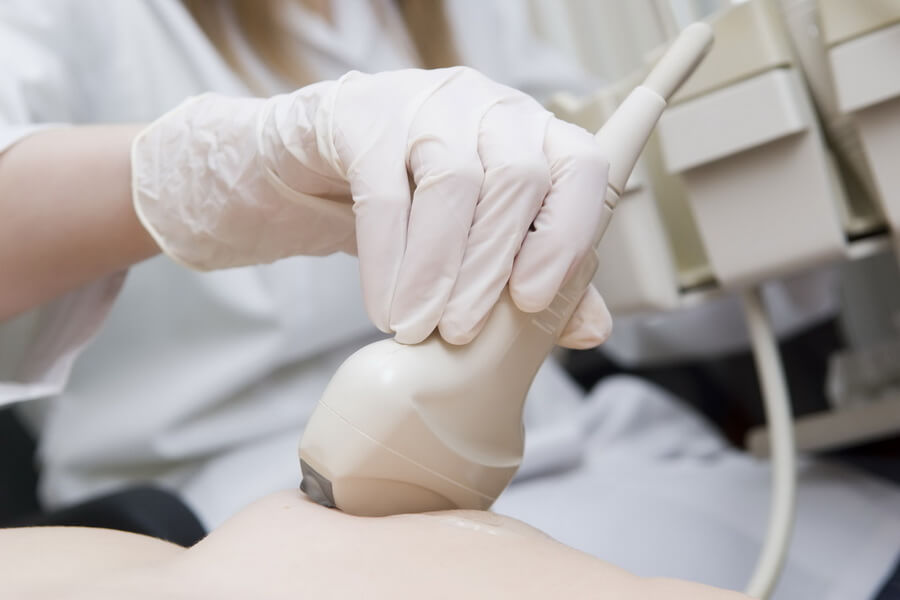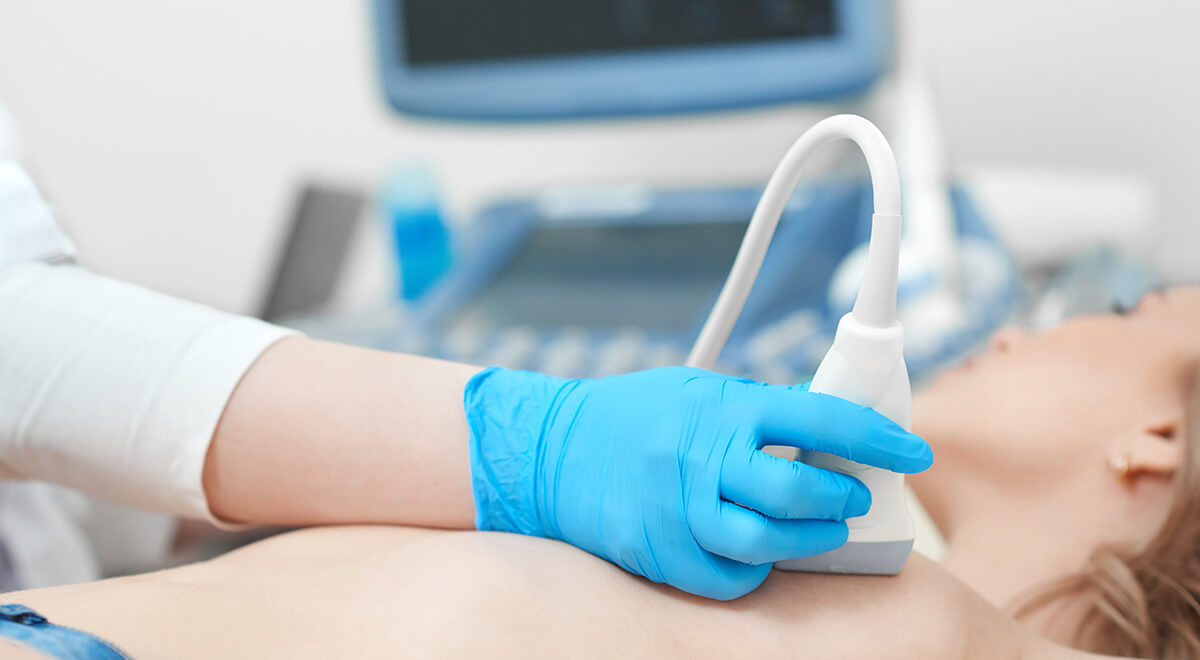Thanks to advances in technology, sophisticated equipment and software have been created that enable precise breast examinations with ultrasound devices.
Ultrasound is especially important in detecting benign changes in the breasts and distinguishing them from malignant ones, which is often not possible with mammography, especially in breasts with dense glandular tissue.
In women younger than 40, but also those older who have dense glandular tissue, ultrasound examination of the breast is the first choice.
Ultrasound works on the principle of harmless, high-frequency sound waves that are converted into an image with the help of a suitable computer program. Namely, sound waves pass through the breast tissue, bounce off various structures in the breast and return back to the probe, which, with the help of appropriate software, enables the monitoring of the image on the monitor. As the tissues are of different structure, so are the sound waves of different characteristics, on the basis of which they can differ from each other.









